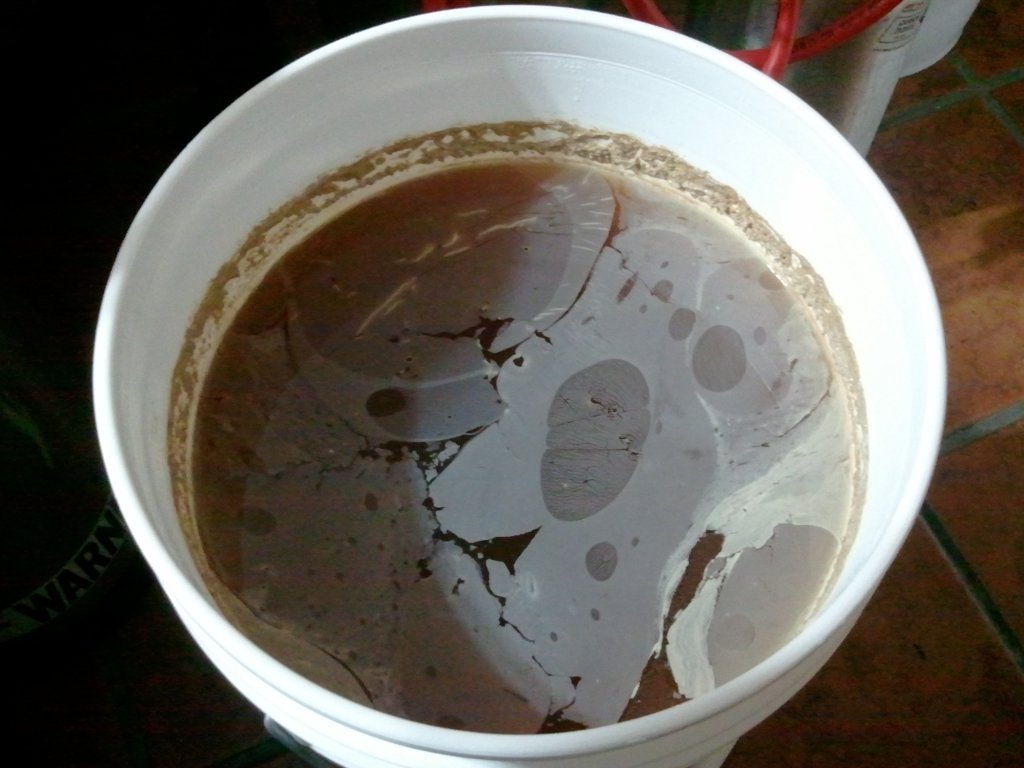berebrando
Well-Known Member
In the first email, I would say the mash temperature negatively impacted the fermentation. Also, while the suggested temperature range for this yeast is pretty high, I think that applies to secondary aging rather than a primary ferment. Maybe hit the brew with some amylase enzyme to increase fermentables? (I've never done this before, but it's all I can think of to save this brew)
It is very weird that the second brewer had issues with fermentation during the starter stage. I had a big Sacc-like krausen in my starter. I think something went wrong with the starter prep, as s/he suggests, but I'm just speculating based on the description.
It is very weird that the second brewer had issues with fermentation during the starter stage. I had a big Sacc-like krausen in my starter. I think something went wrong with the starter prep, as s/he suggests, but I'm just speculating based on the description.


















![Craft A Brew - Safale BE-256 Yeast - Fermentis - Belgian Ale Dry Yeast - For Belgian & Strong Ales - Ingredients for Home Brewing - Beer Making Supplies - [3 Pack]](https://m.media-amazon.com/images/I/51bcKEwQmWL._SL500_.jpg)









































